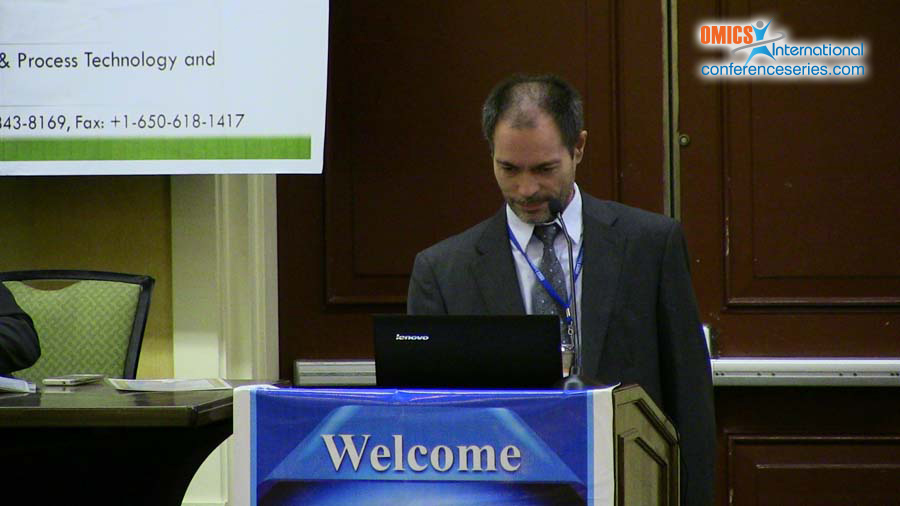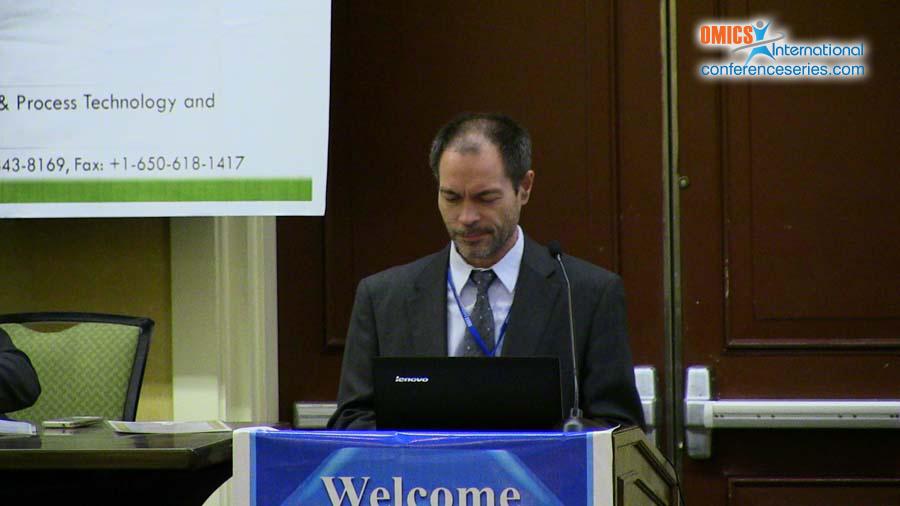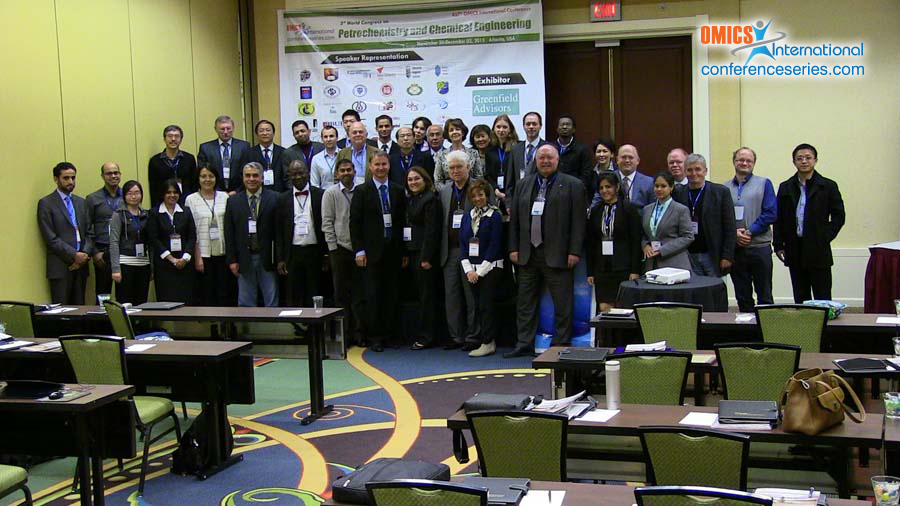
Alexandr Ustimenko
Institute of Combustion Problems, Kazakhstan
Title: Plasma unit for processing of carbon containing waste
Biography
Biography: Alexandr Ustimenko
Abstract
One of the most serious environmental problems today is pollution by biomedical waste (BMW), which in most cases has undesirable properties such as toxicity, carcinogenicity, mutagenicity, fire. Sanitary and hygienic survey of typical solid BMW, made in Belarus, Kazakhstan, Russia and other countries shows that their risk to the environment is significantly higher than that of most chemical wastes. Utilisation of toxic BMW requires use of the most universal methods to ensure disinfection and disposal of any of their components. Such technology is a plasma technology of BMW processing. To implement this technology a thermodynamic analysis of the plasma processing of BMW was fulfilled and plasma-box furnace was developed. The studies have been conducted on the example of the processing of bone. To perform thermodynamic calculations software package Terra was used. Calculations were carried out in the temperature range 300 - 3000 K and a pressure of 0.1 MPa. It is shown that the final products do not contain toxic substances. From the organic mass of BMW synthesis gas containing combustible components 77.4-84.6% was basically produced, and mineral part consists mainly of calcium oxide and contains no carbon. Degree of gasification of carbon reaches 100% by the temperature 1250 K. Specific power consumption for BMW processing increases with the temperature throughout its range and reaches 1 kWh/kg. To realise plasma processing of BMW experimental installation with DC plasma torch of 30 kW power was developed. The experiments allowed verifying the thermodynamic calculations. Wastes are packed in boxes weighing 5-7 kg. They are placed in the box furnace. Under the influence of air plasma flame average temperature in the box reaches 1800 OC, the organic part of the waste is gasified and inorganic part of the waste is melted. The resulting synthesis gas is continuously withdrawn from the unit through the cooling and cleaning system. Molten mineral part of the waste is removed from the furnace after it has been stopped. Experimental studies allowed determining operating modes of the plasma box furnace, the exhaust gases was analyzed, samples of condensed products were assembled and their chemical composition was determined. Gas at the outlet of the plasma box furnace has the following composition (vol.%): CO - 63.4, H2 - 6.2, N2 - 29.6, S - 0.8. The total concentration of synthesis gas (CO + H2) is 69.6%, which agrees well with the thermodynamic calculation. Experiments confirmed absence of the toxic substances in the final products.




